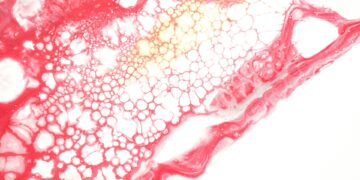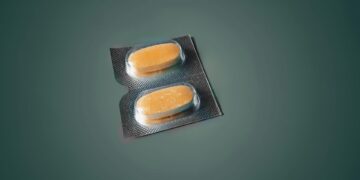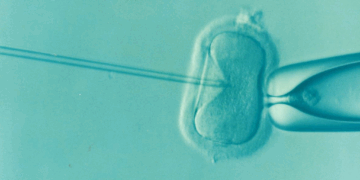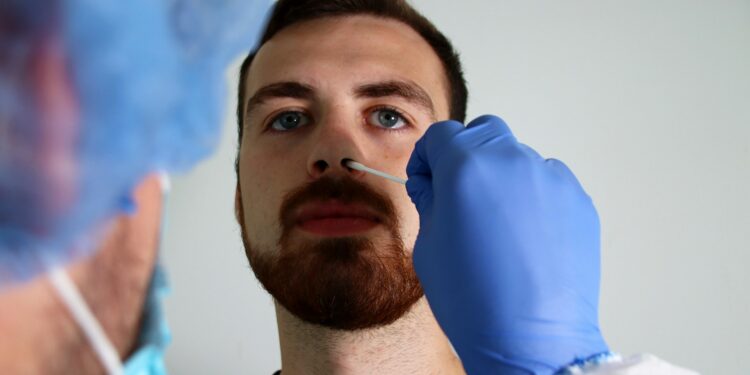No more guessing.
Wondering what might be triggering your child’s asthma?
Researchers have developed a simple nasal swab test for children that can identify specific immune system factors behind their asthma, potentially paving the way for more targeted treatments.
This test helps determine a child’s asthma subtype, also known as an endotype.
“Since asthma is a complex condition with different endotypes driven by distinct immune cells, which respond differently to treatments, accurate identification of the endotype is essential for improving therapies,” explained Dr. Juan Celedon, head of pulmonary medicine at UPMC Children’s Hospital of Pittsburgh, in a hospital news release.
Asthma is the leading chronic illness among children, affecting about 10% of kids, according to the National Institutes of Health.
Doctors typically classify asthma based on the immune cells responsible for airway inflammation. Common subtypes include T2-high, driven by T helper 2 cells; T17-high, associated with T helper 17 cells; and low-low, where neither cell type is predominantly involved.
Currently, diagnosing an asthma subtype requires a procedure involving anesthesia and lung tissue sampling, followed by genetic analysis—an approach too invasive for children with mild asthma. As a result, doctors usually rely on less precise methods, such as blood tests, lung function assessments, and allergy evaluations to make educated guesses about the asthma subtype.
“These existing tests can help us infer whether a child has T2-high asthma or not, but they’re not fully reliable and don’t distinguish between T17-high and low-low subtypes,” Celedon noted. “This uncertainty inspired us to develop more accurate diagnostic tools.”
In the study, published on Jan. 2 in the Journal of the American Medical Association, researchers collected nasal swabs from nearly 460 children and examined eight genes linked to T2 and T17 immune cells. The samples came from three separate U.S. studies focusing on Puerto Rican and African American children, who are disproportionately affected by asthma.
The nasal swab test successfully identified each child’s asthma subtype. The results showed that nearly 29% of the children had T2-high asthma, which can be treated with advanced medications targeting specific immune cells.
Unfortunately, no equivalent treatments are available for T17-high or low-low asthma. “We’ve made significant progress in treating T2-high asthma due to better markers, but now that we can detect other endotypes through a simple nasal swab, we hope to spur research on biologics for these less understood subtypes,” Celedon said.
This quick test could also advance broader asthma research.
“One of the big unanswered questions in asthma is why some children’s symptoms worsen during puberty, some improve, and others remain unchanged,” Celedon pointed out. “Before puberty, asthma is more common in boys, but after puberty, rates increase in females.”
“Could endotype changes explain these differences? Do endotypes evolve with age or after treatment? We don’t yet have the answers, but with this tool, we’re one step closer to finding out,” he concluded.

































Discussion about this post